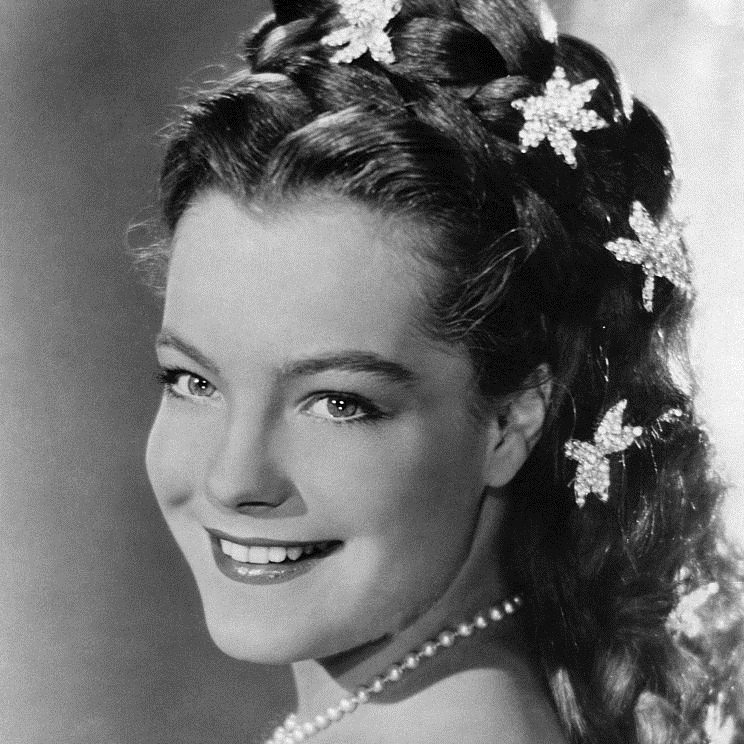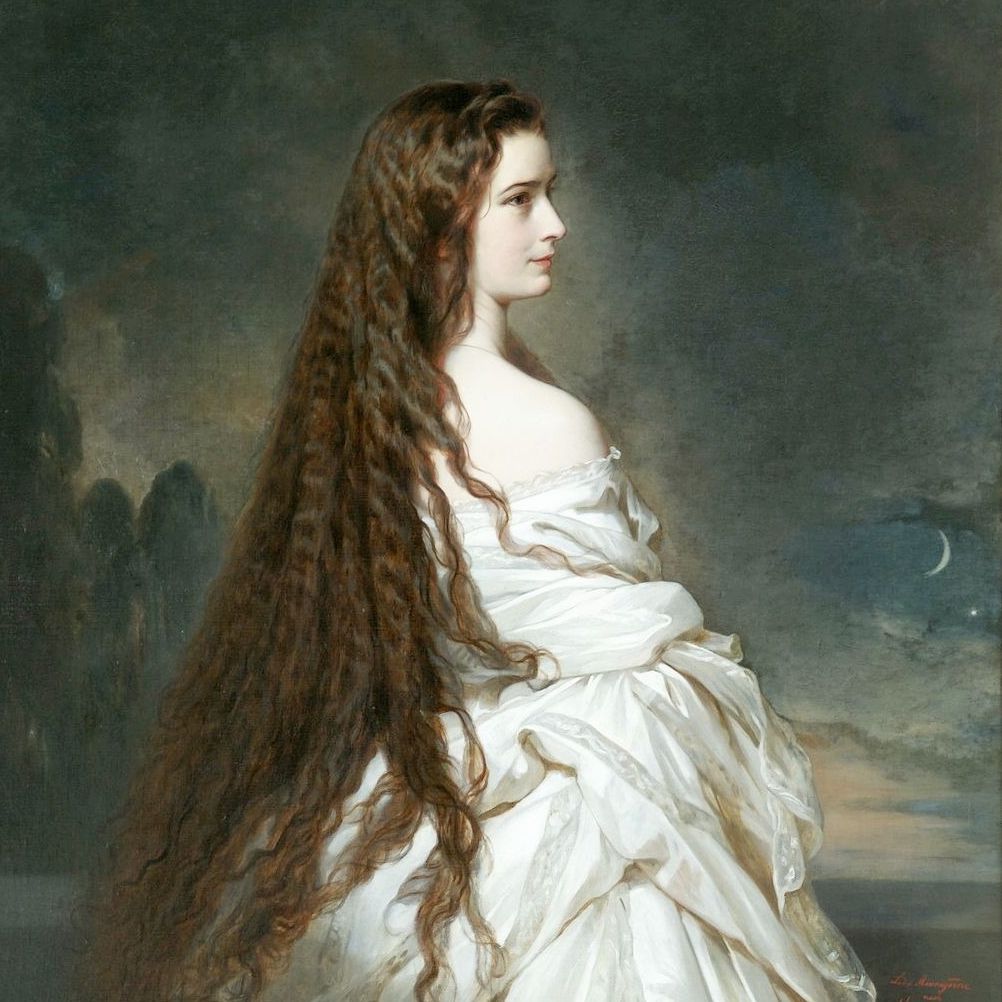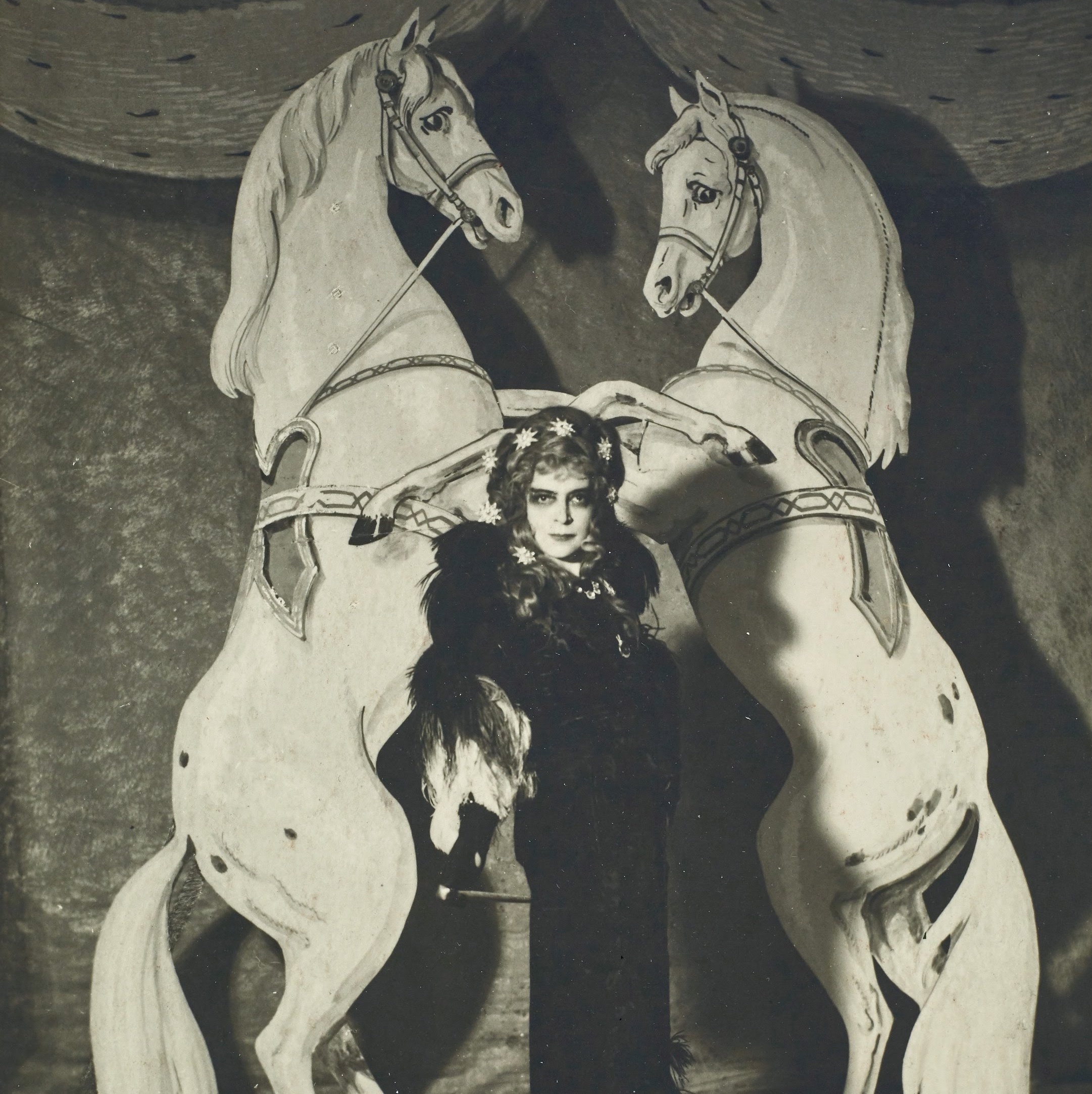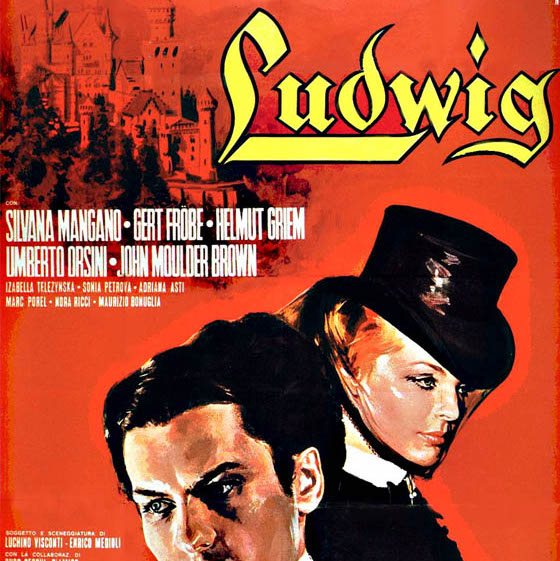
A multifaceted figure
A lot has been said about the empress Elizabeth of Austria and everyone remembers her for her endearing yet infamous nickname. Sissi has been the protagonist of many books, movies and cartoons, usually portrayed as the stereotypical beautiful princess out of a fairy tale. We choose her because we wanted to build a heterogeneous narration of this character, trying to understand her in a large ranging prospective. In fact, she is still to this day a very mysterious figure and, contrary to the popular belief, she has been addressed many times as a "reluctant princess". Such as many other women in the same historical role, she always questioned the conventions of dynasty and court, giving priority to her personal interests. Elisabeth’s marriage with Fraz Joseph I led her to become Queen of Hungary, and over time she developed a deep affection for this country and its culture, frequently visiting Hungary as she truly enjoyed its more relaxed atmosphere and the beloved Hungarians. More importantly, she played a crucial role in the history of Europe, helping the realization of the Austro-Hungarian Compromise of 1867, by advocating for Hungary and the rights of its people.





